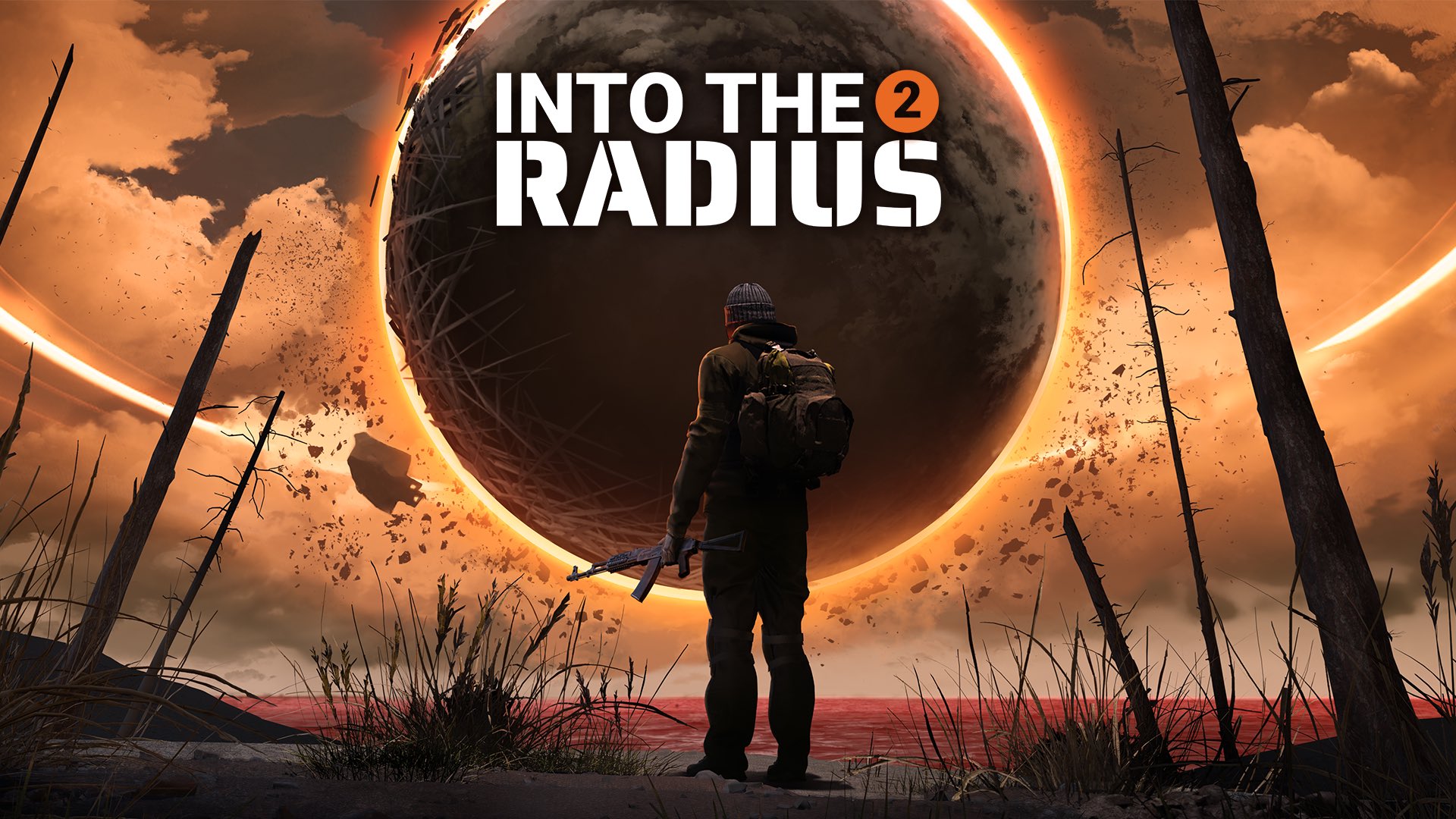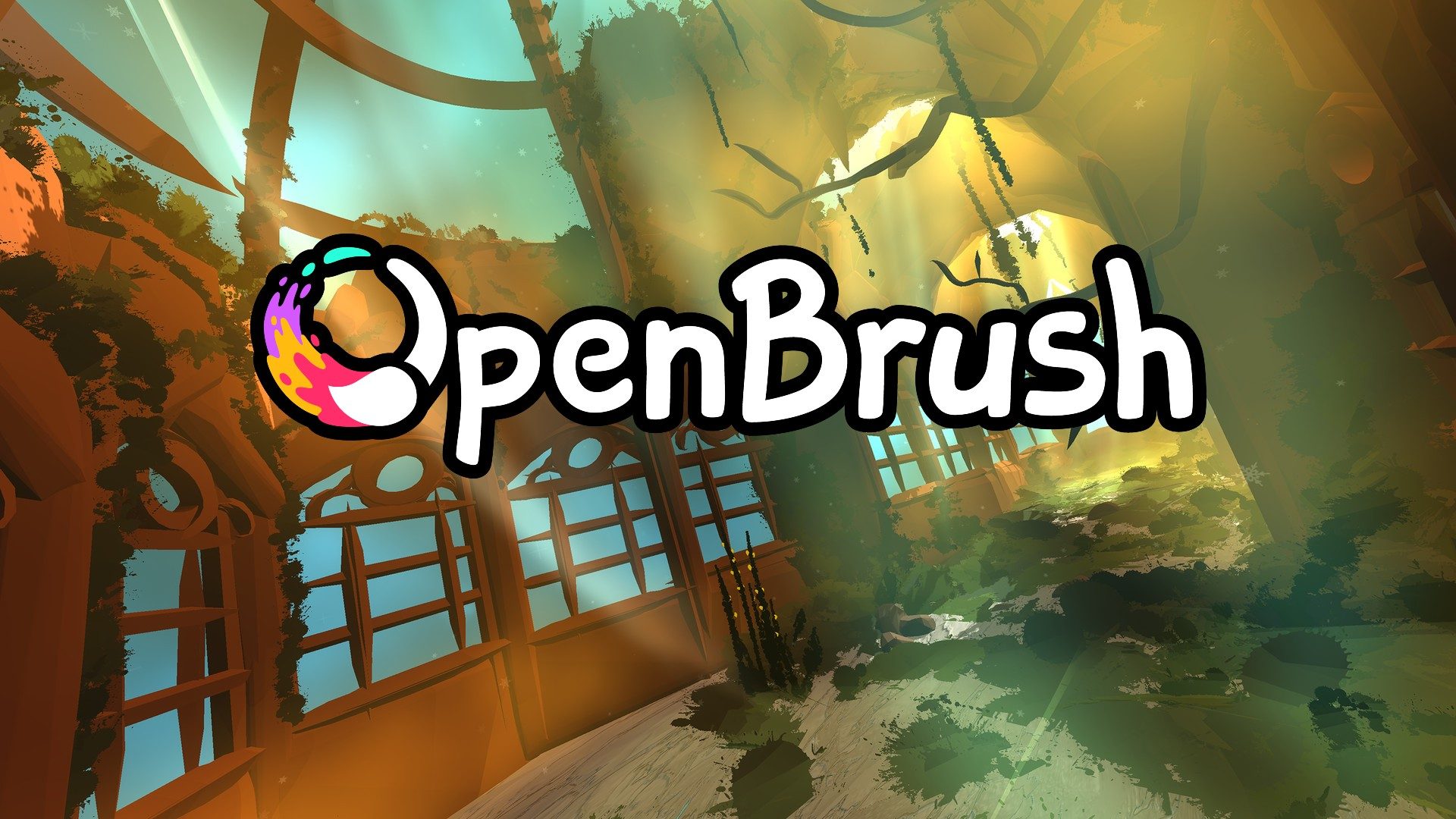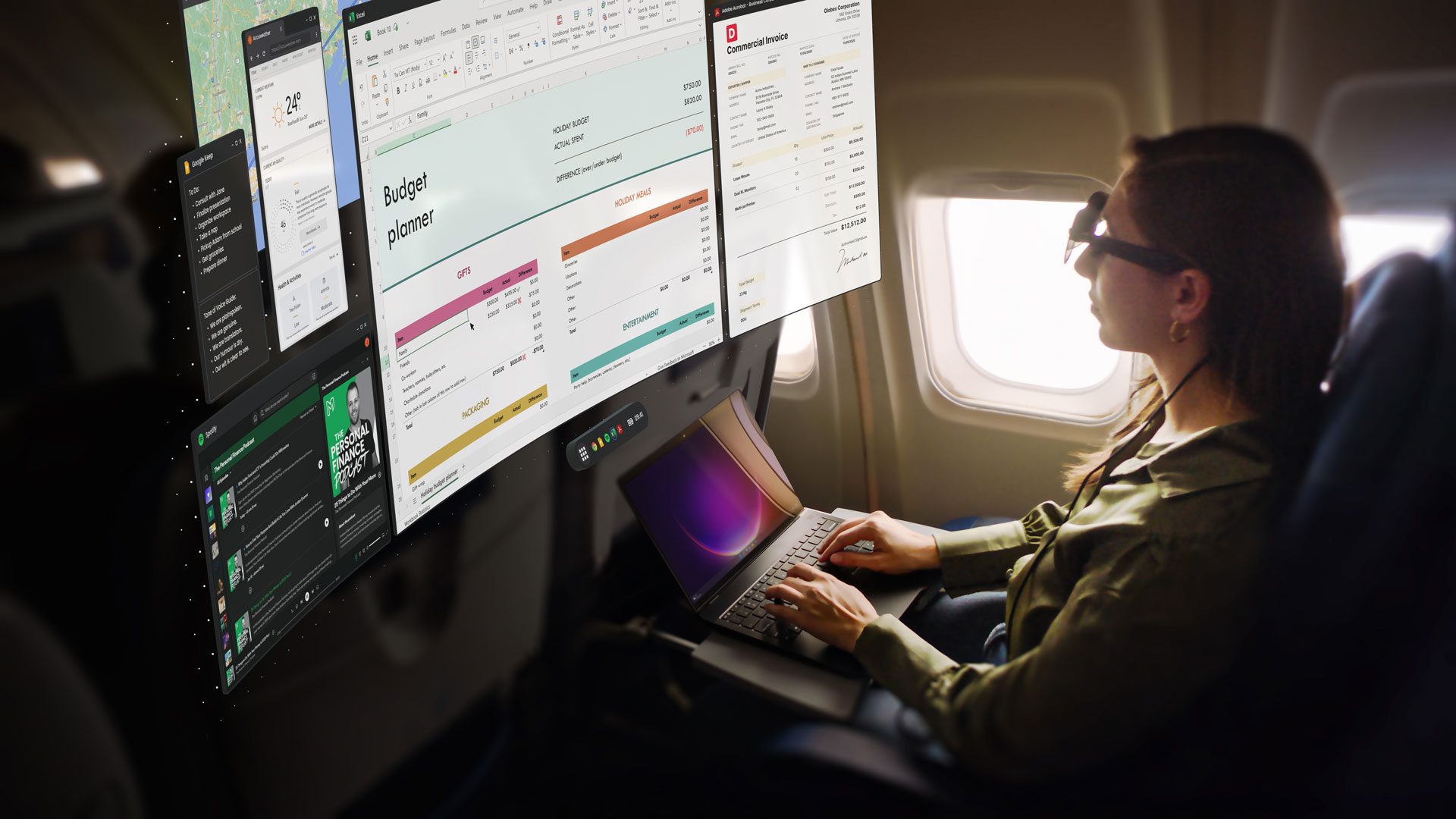Meta has confidently put its cards on the table, aiming to become “the Android of XR,” but it’s funny because Android XR itself has the same ambition.
Setting aside specific features or technical specs, the real game-changer in whether Meta can keep pace with both Google and Apple in the expanding XR universe is going to boil down to something pretty simple: flat apps.
You might not think of apps like Spotify, TikTok, Snapchat, and Discord as the most thrilling things to use on a headset. But take a look at Vision Pro, which has shown how seamlessly integrating our favorite apps into XR enriches the experience, instead of isolating us from them the moment we don a headset. And now, Android XR is cleverly doing the same by opening the door to its vast collection of existing Android apps on the Play Store.
While gaming remains a forte for Meta’s headsets, XR’s horizon stretches far beyond just playing games.
Take a cue from the bigger picture: A gaming-centric company like Nintendo can’t match the magnitude of a giant like Microsoft, which has built a multi-faceted computing platform. It’s not a perfect apple-to-apple comparison since Microsoft’s reach goes beyond just computing, but you get the point.
So, Meta and Google are running two XR tracks:
Meta’s Horizon OS stands out with its rich collection of immersive apps.
Google’s Android XR boasts an unparalleled lineup of flat apps.
For either to reign supreme in XR, they need what the other offers. So, who’s got their work cut out for them?
It looks like Meta is up against a tougher challenge.
Developers of immersive apps are itching to expand. If a well-loved game can snag 25% more users by moving to Android XR, why wouldn’t it jump at the chance?
Meanwhile, for giant flat apps like Spotify and TikTok, hopping over to Horizon OS might not offer much in terms of growth—perhaps a mere 0.25% uptick compared to their colossal presence on Android.
You might argue, “But Horizon OS is based on Android, so shouldn’t porting apps be a breeze?” Technologically, you’d be right. However, the real hurdle lies in the maintenance and constant updates required for these massive apps, which isn’t a walk in the park.
Consequently, Google is in a stronger position to lure key immersive apps to Android XR compared to Meta’s ability to pull crucial flat apps into Horizon OS. Without these flat apps, Meta’s headsets risk being pigeonholed as just immersive gaming gears, rather than as broad-spectrum computing devices.
That’s not where Meta wants to find itself. The whole point of Meta diving into XR a decade ago was to hold the reins of XR as “the next computing platform” before the likes of Apple or Google swooped in.
You might not see flat apps as a linchpin of the XR experience, yet there’s no denying that the platform offering both essential flat and immersive apps will have the edge over one that only features one of these categories.
Even if Meta consistently churns out hardware – headsets that are always 20% faster, lighter, and cheaper than an Android XR counterpart – it might still come up short if they can’t secure core flat apps on their platform.
This poses a significant existential threat to Meta’s XR ambitions, and as of now, a clear solution seems elusive.












![[Free Game Giveaway] Pets Hotel for PlayStation (NA/EU) [Free Game Giveaway] Pets Hotel for PlayStation (NA/EU)](https://www.xgamernews.com/wp-content/uploads/2025/05/Free-Game-Giveaway-Pets-Hotel-for-PlayStation-NAEU-360x180.jpg)
































